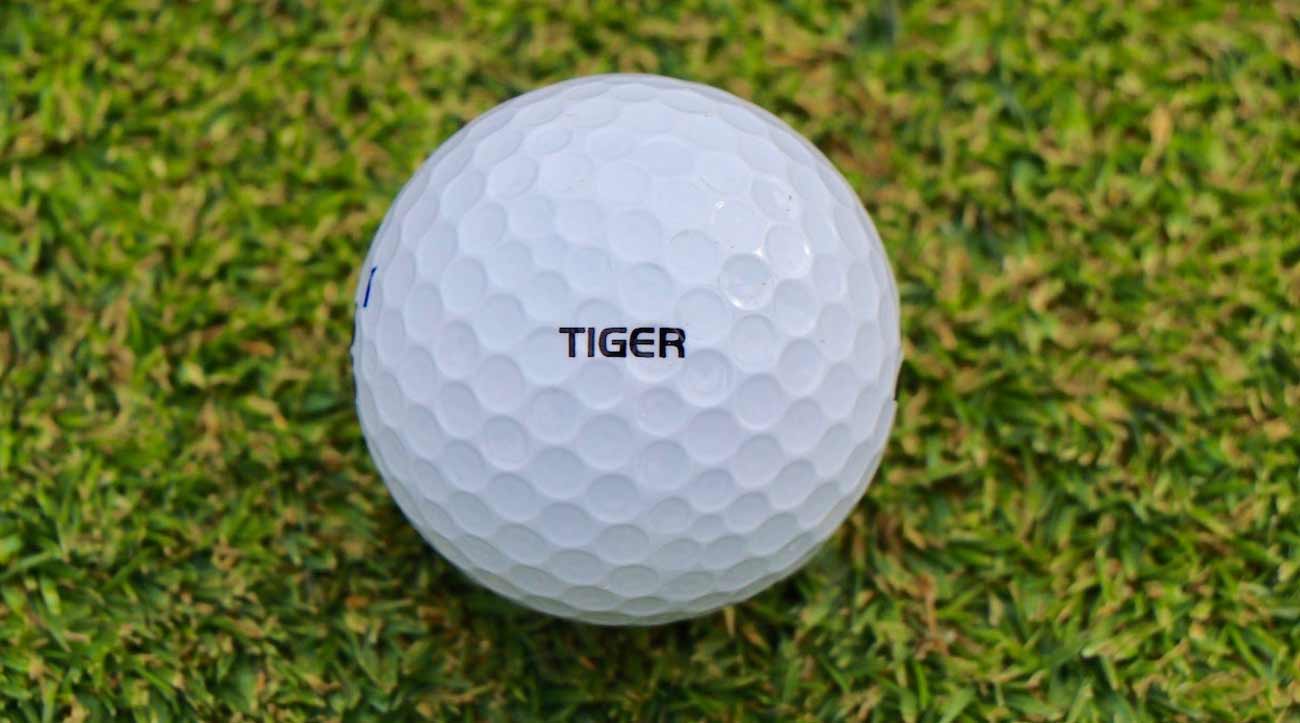 Tour Edge expands golf ball lineup with new Hot Launch golf ball
Tour Edge expands golf ball lineup with new Hot Launch golf ball
The real reason why Tiger Woods does his famous golf ball juggling trick

By now, you’ve probably heard the stories about Tiger Woods’ otherworldly feel, and how he’s able to pick up on even a slight difference in head weight, golf ball cover construction and wedge grinds. Some of the stories don’t seem real, which makes sense when you consider most of what Woods has done over the course of his career doesn’t seem real at times.
Well, you can now add another story to the evergrowing “Tiger Woods isn’t human” list. During the latest episode of GOLF’s Fully Equipped podcast, Adam Rehberg, Bridgestone’s golf ball fitting manager, recounted a wild story of working with Woods during the Tour B testing that highlights the obscure ways the 15-time major winner goes about determining the sound and feel of a golf ball.
“It’s like watching a symphony when he’s out there hitting the golf ball,” Rehberg said of observing Woods’ golf ball testing sessions. “He is the greatest ball-striker of all-time, and he’s out there on a Thursday at Medalist and it looks like he’s hitting a shot on 16 at Augusta. He makes sure every golf ball is hit with purpose, providing feedback when the ball is in the air. If he looks up and that ball isn’t in the right window, it’s gone. It’s not gonna get hit again. For us, we have to make sure that we’re bringing a ball that gets him everything he needs — all the way down from a 6-foot putt to him hitting driver 318 yards. Everything has to work out exactly like he needs it.”
Before Woods ever heads to the tee to test a golf ball, he spends an inordinate amount of time working his way around the putting green, getting a sense of how the ball sounds and feels coming off the putter face. One would assume this is his first introduction to the ball, except Woods usually does one thing in particular prior to rolling putts: he juggles the ball on his wedge.
Of course, there’s a purpose to these fleeting few moments with a wedge in his hands.
“It’s one of the first things he wants to do, just grab a couple balls,” Rehberg said. “It’s funny, he’ll reach down in the box with his wedge and tap them up and down, juggling like he does. It’s not something he’s doing for fun. He’s listening to how the ball hits the wedge, listening for the sound. He’s then able to perceive sound and softness.
“He can decouple sound and softness. So a ball may be giving him certain sound, but then he can see the ball checking and he’ll say, ‘It sounds like it’s soft, but it’s not spinning as much as the F2 or 37E or 27D [prototypes].”
ADVERTISEMENT
Because Woods has such a keen sense of how a golf ball is supposed to sound and feel, he prefers to do what is essentially known as “blind testing” — working his way through products without any knowledge of what went into the design beforehand.
“He’ll start identifying those things in the golf ball — and boy, he loves picking them out,” said Rehberg. “He’ll always tell us to not mention what they are. He doesn’t want to know or be influenced in any sort of way. He wants to figure out which one is right for him.”
It should come as no surprise that Woods played a critical role in the creation of Bridgestone’s Tour B golf ball, going through numerous testing sessions before landing on the version that was recently unveiled this week. After years of testing the ball, Woods plans to put it in play at Torrey Pines, marking his first official start with the 2020 Tour B XS.
To hear more gear insights from Jonathan Wall and True Spec’s Tim Briand, subscribe and listen each week to GOLF’s Fully Equipped podcast: iTunes | SoundCloud | Spotify | Stitcher
ADVERTISEMENT







